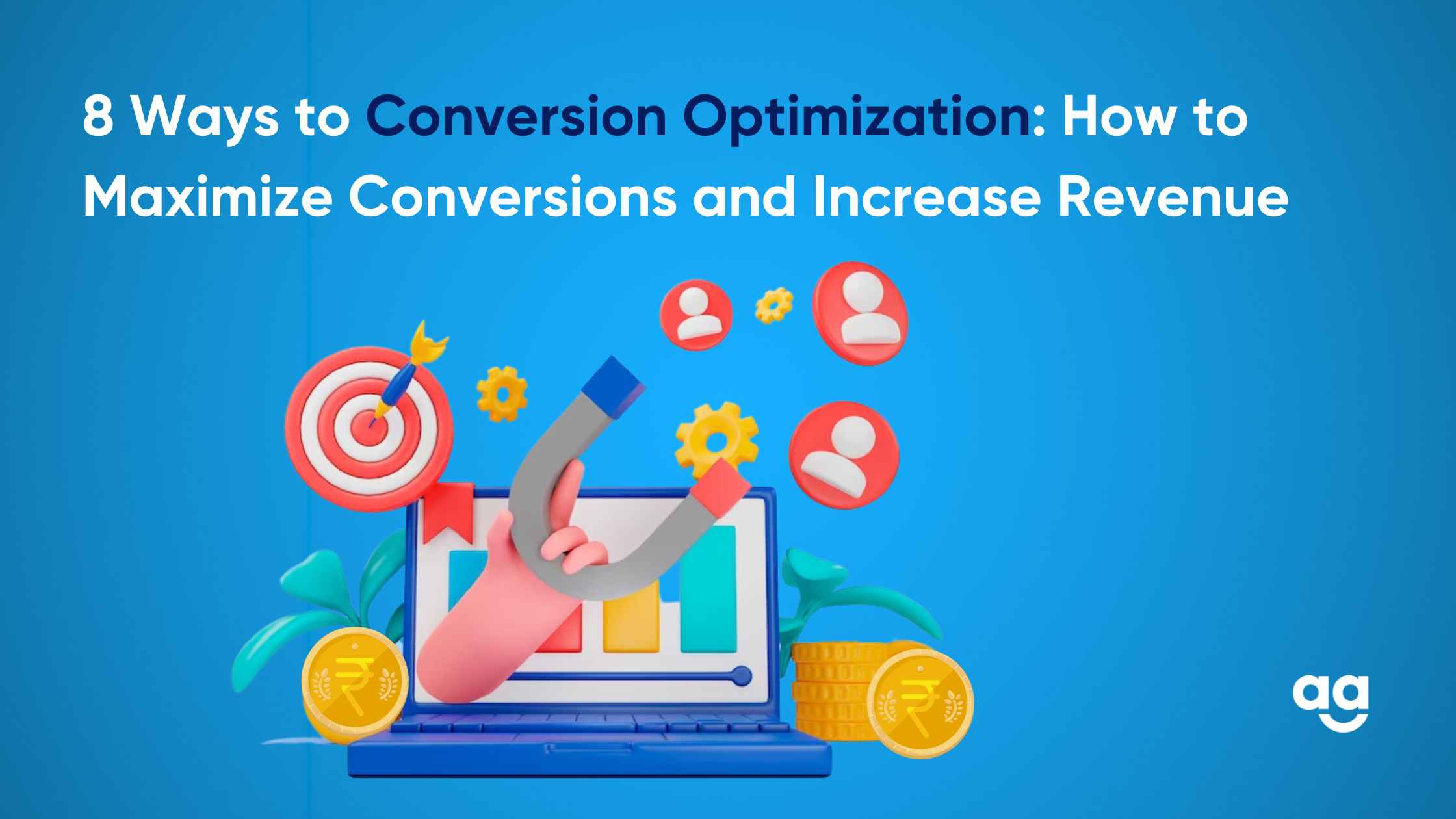In the highly competitive digital landscape, driving traffic to your website is only half the battle. The ultimate goal is to convert those visitors into paying customers and maximize your revenue. This is where conversion optimization comes into play.
By employing strategic techniques and best practices, you can enhance the user experience, increase engagement, and ultimately boost your conversion rates.
In this blog, we will explore effective strategies to optimize conversions and maximize your revenue.
8 Ways to Optimize Conversions
1. Understand Your Audience
To optimize conversions, it’s crucial to have a deep understanding of your target audience. Conduct thorough market research, analyze customer demographics, and create buyer personas. Gain insights into their preferences, pain points, and motivations.
This knowledge will enable you to tailor your website, content, and messaging to resonate with your audience, leading to higher conversion rates.
2. Streamline Website Design and Navigation
A well-designed and user-friendly website is essential for conversion optimization. Simplify navigation by creating clear and intuitive menus, reducing clutter, and ensuring quick loading times.
Employ responsive design to provide a seamless experience across various devices, as mobile optimization is increasingly important. Implement strong and visually appealing call-to-action (CTA) buttons that clearly guide visitors towards desired actions.
3. Optimize Landing Pages
Landing pages play a crucial role in converting visitors into leads or customers. Optimize your landing pages by aligning their content with specific marketing campaigns or keywords.
Craft compelling headlines and engaging copy that clearly communicates the value proposition. Use persuasive visuals, such as high-quality images or videos, to capture attention. Incorporate testimonials, reviews, and trust signals to instill confidence in visitors and increase conversions.
4. Implement A/B Testing
A/B testing is a powerful technique to optimize conversions. Create multiple versions of your website or landing pages with slight variations in design, content, or CTAs. Split your traffic between these versions and measure their performance using relevant metrics, such as click-through rates, bounce rates, or conversion rates. Analyze the results to identify the most effective elements and iterate on your designs to continuously improve conversion rates.
5. Optimize Forms and Checkout Process
Streamlining your forms and checkout process can significantly impact conversions.
Keep forms simple and concise, requesting only essential information. Minimize the number of form fields to reduce friction and make the process feel less overwhelming. Incorporate progress indicators to keep users informed about the checkout process.
Provide multiple payment options and ensure a secure and seamless transaction experience. Implementing guest checkout options can also reduce barriers to purchase and increase conversion rates.
6. Leverage Social Proof and Trust Signals
Social proof and trust signals are powerful conversion optimization tools. Display customer testimonials, reviews, ratings, or case studies to demonstrate the positive experiences of others.
Incorporate trust badges, security seals, or certifications to assure visitors of a safe and trustworthy environment. Showcasing endorsements from influencers or industry experts can also boost credibility and encourage conversions.
7. Personalize the User Experience
Personalization can greatly enhance the user experience and increase conversions. Utilize customer data and segmentation to deliver tailored content, product recommendations, or targeted offers.
Implement dynamic content that adapts to users’ preferences, browsing behavior, or past purchases. By providing personalized experiences, you create a sense of relevance and increase the likelihood of conversion.
8. Monitor and Analyze Data
Continuous monitoring and analysis of relevant data are essential for conversion optimization. Utilize web analytics tools, such as Google Analytics, to track key metrics like conversion rates, bounce rates, or time on site.
Identify areas of improvement and test different strategies to optimize underperforming pages or elements. Pay attention to user behavior, such as click heatmaps or scroll depth, to gain insights into how visitors interact with your website and make data-driven decisions for optimization.
Wrapping Up
Conversion optimization is a vital aspect of maximizing revenue and ensuring the success of your online business.
Implementing the strategies above you can unlock the full potential of your website and increase your revenue through optimized conversions. Ensure you follow all the necessary steps to increase your revenue and scale up in your eCommerce Business.







 Shipping
Shipping







